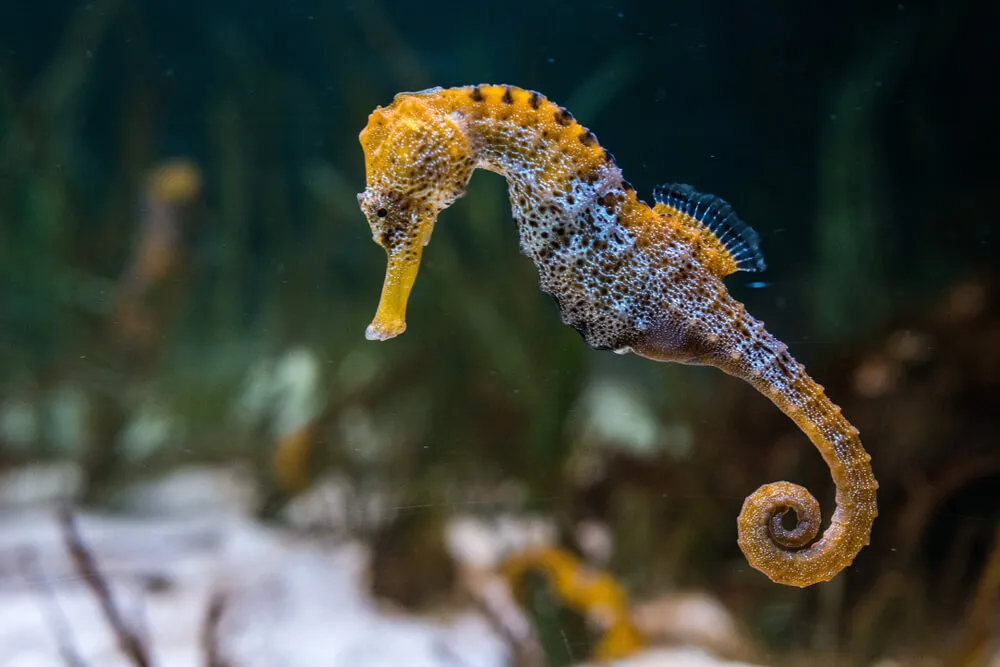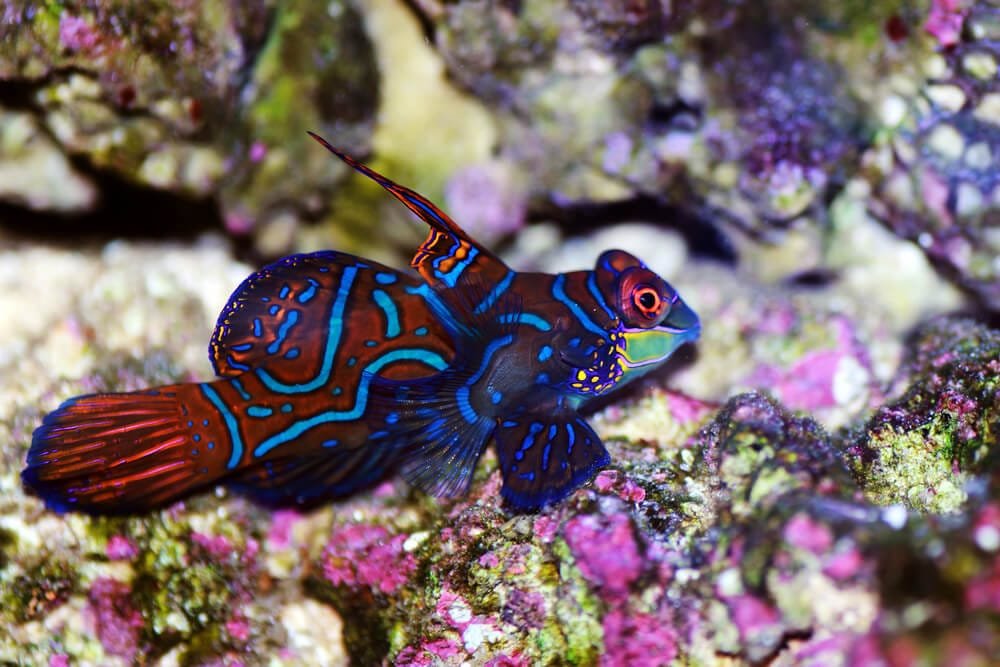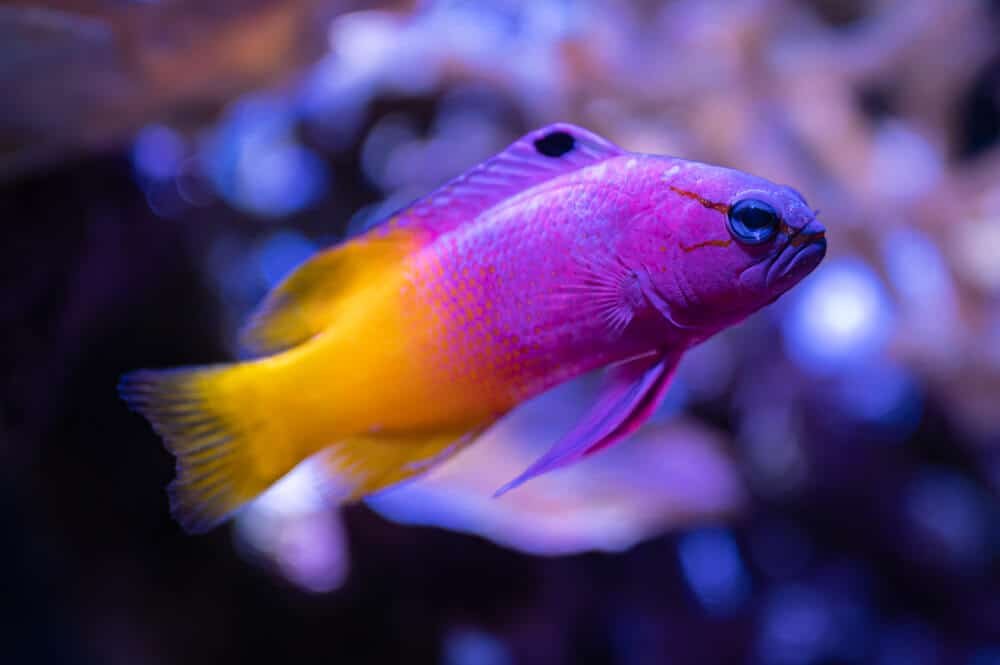Imagine a creature that is often revered for its unique beauty and gentle nature. A creature that captures the hearts of both children and adults alike with its enchanting appearance. This creature is the seahorse, a delicate and mystical marine animal that continues to intrigue and captivate us with its extraordinary qualities. From its intricate body structure to its remarkable breeding habits, the seahorse is a fascinating creature that truly deserves our admiration. Keep reading to discover the fascinating world of the seahorse and uncover the secrets that make it such a remarkable species.
Physical Characteristics
Size
Seahorses are small creatures, typically measuring between 0.6 to 14 inches in length, depending on the species. They are much smaller than most other fish, making them unique and easily recognizable in the underwater world.
Shape
What sets seahorses apart from other fish is their distinct shape. They have a long, slender body with a gentle curvature, resembling a horse’s head. Their snout is elongated and acts as a straw-like snout, enabling them to suck up their prey. Seahorses also possess a prehensile tail, which allows them to anchor themselves to their surroundings.
Coloration
Seahorses exhibit a variety of colors, ranging from vibrant shades of yellow, orange, and red to more subtle hues like brown and black. Their colors often help them blend in with their surroundings, providing camouflage and protection from potential predators.
Body Features
One notable feature of seahorses is their lack of scales. Instead, their bodies are covered in bony plates, giving them a unique texture. Additionally, seahorses have a dorsal fin located on their back, while their pectoral fins, located behind their eyes, aid in steering and balancing while swimming.
Habitat
Oceanic Regions
Seahorses can be found in various oceanic regions, including the Pacific Ocean, the Atlantic Ocean, and the Indian Ocean. They are known to occupy both tropical and temperate waters, making their presence known across the globe.
Types of Habitats
Seahorses are not limited to a single type of habitat. They are typically found in shallow and sheltered areas such as coral reefs, seagrass beds, mangroves, and estuaries. These habitats provide seahorses with ample food sources and cover from potential predators.
Preferred Environments
Seahorses are well adapted to living in environments with abundant seagrass, as they use these underwater meadows as protection and hunting grounds. Seagrass beds provide seahorses with shelter and camouflage, allowing them to blend in and avoid detection.
Classification and Evolution
Taxonomy
Scientifically classified as part of the Syngnathidae family, seahorses belong to the genus Hippocampus. They are bony fish and are closely related to pipefish and seadragons. Within the genus Hippocampus, there are approximately 45 recognized species of seahorses.
Evolutionary History
Seahorses have a long evolutionary history that extends back approximately 13 million years. Fossil evidence shows that some of the ancient relatives of seahorses had different body shapes and sizes, with some even resembling straight pipe-like structures.
Ancient Relatives
Seahorses belong to the order Syngnathiformes, which includes other unique creatures such as pipefish and seadragons. These organisms share similar characteristics and are believed to have diverged from a common ancestor. Exploring the evolutionary history of seahorses and their ancient relatives provides valuable insights into the development and adaptation of these distinct creatures.
Species and Distribution
Species Diversity
As previously mentioned, there are approximately 45 recognized species of seahorses in the world. Each species varies in size, coloration, and habitat preferences, contributing to the overall diversity of the seahorse family.
Global Distribution
Seahorses can be found in various locations around the world, spanning both tropical and temperate waters. They have been documented in coastal regions of North America, South America, Europe, Africa, Asia, and Australia. Their widespread distribution emphasizes their ability to adapt to diverse environments.
Endangered Seahorses
Unfortunately, several seahorse species are currently facing threats and have become classified as endangered or vulnerable. The illicit aquarium trade and habitat destruction caused by pollution and coastal development have had a significant impact on seahorse populations. It is crucial to prioritize conservation efforts to ensure the long-term survival of these fascinating creatures.
Life Cycle and Reproduction
Sexual Dimorphism
Seahorses exhibit a unique characteristic called sexual dimorphism, which means the males and females have distinct physical differences. In seahorses, it is the male who carries the eggs and gives birth to the young. Males have a brood pouch on their bellies, while females have a smaller reproductive organ.
Mating Behaviors
Seahorses engage in an intricate courtship ritual before mating. They perform an enchanting dance, synchronizing their movements to strengthen their bond. Once the courtship is complete, the female deposits her eggs into the male’s brood pouch, where they are fertilized. The male then nurtures the developing embryos until they are ready to be born.
Gestation and Birth
The gestation period for seahorses is relatively long compared to other fish, lasting around 2 to 4 weeks, depending on the species. When it’s time for birth, the male uses muscular contractions to expel the fully-formed young seahorses from his brood pouch. This process is fascinating to witness and showcases the uniqueness of seahorse reproduction.
Feeding Behavior
Dietary Habits
Seahorses are carnivorous creatures, feeding primarily on small crustaceans and zooplankton. Their elongated snout enables them to suck up their prey with precision. Seahorses are not fast swimmers, so they rely on their slender bodies and specialized mouthparts to capture and consume their food.
Hunting Techniques
Seahorses are ambush predators, using their snouts to patiently wait for prey to come within striking range. They possess excellent eyesight and can quickly snatch up their prey with a sudden motion of their head. The ability to rapidly suck in their prey ensures a successful and efficient feeding strategy.
Prey Items
The diet of seahorses primarily consists of small shrimp, tiny fish, and various small invertebrates. They use their elongated snouts to engulf their unsuspecting prey, thanks to their tube-like structure. Seahorses require a continuous intake of food due to their small size and high metabolic rate.
Camouflage and Defense
Camouflaging Abilities
Seahorses possess remarkable camouflage abilities, allowing them to blend seamlessly with their surroundings. They can change color and even grow skin appendages to mimic the texture and appearance of the surrounding environment. This effective disguise helps seahorses evade predators and ambush unsuspecting prey.
Protective Tactics
Seahorses rely on their prehensile tail to anchor themselves to objects such as seagrass or coral, reducing their chances of being swept away by ocean currents. They can curl their tail tightly around these structures, providing stability and reducing the risk of predator attacks.
Predator Avoidance
Despite their camouflage and protective tactics, seahorses still face threats from predators. To minimize the risk, they are known to avoid swimming in open areas. Instead, they prefer to navigate through habitats where they can take advantage of hiding places and ample cover. This strategy increases their chances of escaping potential dangers.
Symbiotic Relationships
Seahorses and Coral Reefs
Seahorses have a close connection with coral reefs. As they drift through the coral, they find shelter and protection from predators. Additionally, seahorses provide a valuable ecological role by consuming small crustaceans and maintaining a balanced population within the coral reef ecosystem.
Seahorses and Sea Grass
Seagrass beds are important habitats for seahorses, offering a thriving environment filled with food sources and ample hiding spots. The seagrass blades provide an ideal location for seahorses to anchor themselves with their tails, enabling them to camouflage and remain undetected by potential threats.
Seahorses and Algae
Seahorses often form mutually beneficial relationships with various types of algae. The algae provide seahorses with additional camouflage, helping them blend in with their surroundings. In return, seahorses act as mobile fertilizers, spreading algae spores as they move from one location to another.
Conservation and Threats
Habitat Destruction
The destruction of seahorse habitats, such as coral reefs and seagrass beds, poses a significant threat to seahorse populations worldwide. Pollution, coastal development, and destructive fishing practices often result in the loss of critical habitats, leaving seahorses without suitable environments to survive and reproduce.
Exploitation for Trade
Seahorses are highly sought after in the aquarium trade and, unfortunately, are often captured illegally. This unsustainable demand results in the overexploitation of seahorse populations, leading to their decline. Promoting responsible practices and raising awareness about the detrimental effects of capturing seahorses for trade is crucial for their conservation.
Conservation Efforts
Several organizations and initiatives are dedicated to conserving seahorses and their habitats. These efforts include establishing marine protected areas, implementing sustainable fishing practices, and conducting research to better understand seahorse populations. Additionally, educating local communities and promoting responsible tourism can help raise awareness about the importance of seahorse conservation.
Importance and Human Interaction
Traditional Medicine
Seahorses have long been a part of traditional medicine in various cultures. Their unique appearance and perceived medicinal properties have led to their use in traditional remedies. However, it is important to note that the consumption of seahorses for medicinal purposes contributes to their endangerment and should be discouraged for the sake of their conservation.
Aquarium Trade
Seahorses are popular aquarium pets due to their fascinating appearance. However, the capture and trade of seahorses for the aquarium industry can lead to negative impacts on wild populations. It is essential for both collectors and aquarium enthusiasts to ensure they source seahorses from responsible and sustainable sources.
Ecosystem Impact
Seahorses play an integral role in maintaining the balance of underwater ecosystems. As predator and prey, they contribute to the intricate food web within their habitats. Their conservation is crucial to preserving the biodiversity and overall health of the oceans.
Summary
Seahorses are captivating creatures with unique physical characteristics, diverse habitats, and intricate life cycles. However, they face numerous threats, including habitat destruction and exploitation for trade. Conservation efforts are essential to ensure the continued survival of seahorses and the preservation of their critical ecosystems. By raising awareness and adopting responsible practices, we can all contribute to the protection of these remarkable creatures for generations to come.







